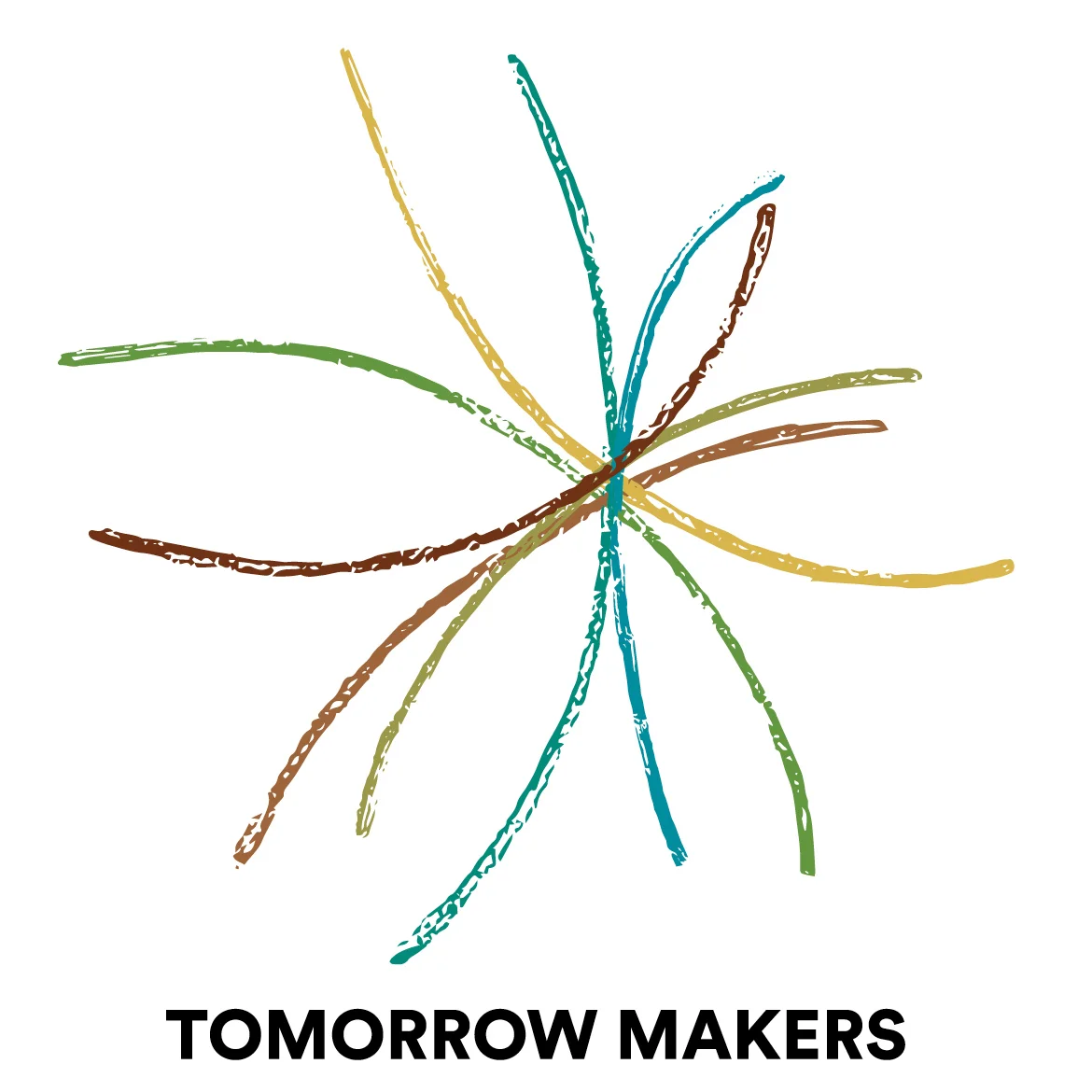Multiple Trys Over Time
/In assembling complexity, the bounty of increasing returns is won by multiple tries over time. As various parts reorganize to a new whole, the system escapes into a higher order.
— Ilya Prigogine
Remember those times where you share your excitement about a 'new' idea with your colleagues or clients and they look you in the eye and say, "We tried that once and it didn't work." All the enthusiasm drains out of your body as you see the door closing to the unfolding of a new possibility. Sometimes people just can't stop talking about why it won't work as they base everything on a single try.
Structure wins. Paradigms are strong. They are created to maintain a structure, to create boundaries, to provide certainty to reality. Imagine if every idea was accepted and given form and authenticity! Perhaps we would all be living in Alice's wonderland! ... a good story, but maybe not an everyday, everywhere way of living that any of us could sustain.
Every solution, no matter how good or reasonable, fails overtime. It gives way to a higher order, a new solution more fit for the times and learnings of the past.

